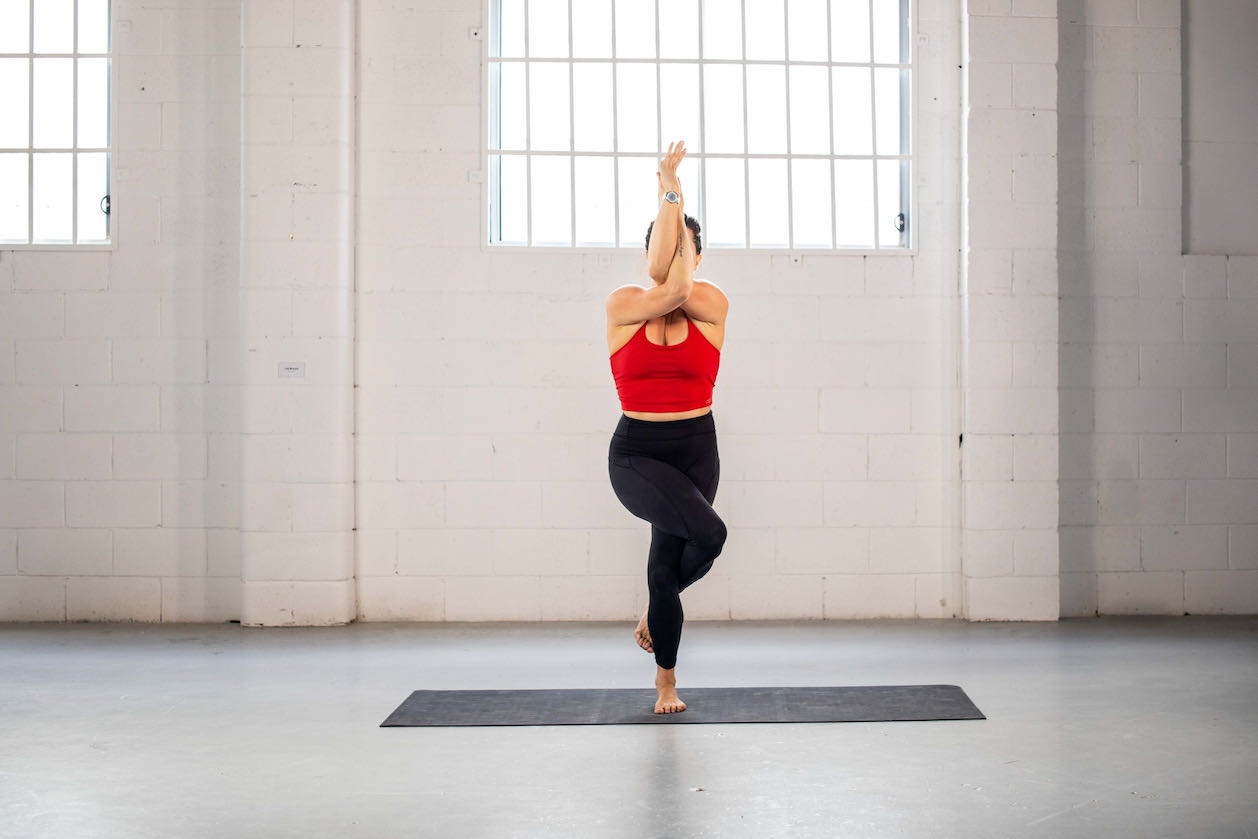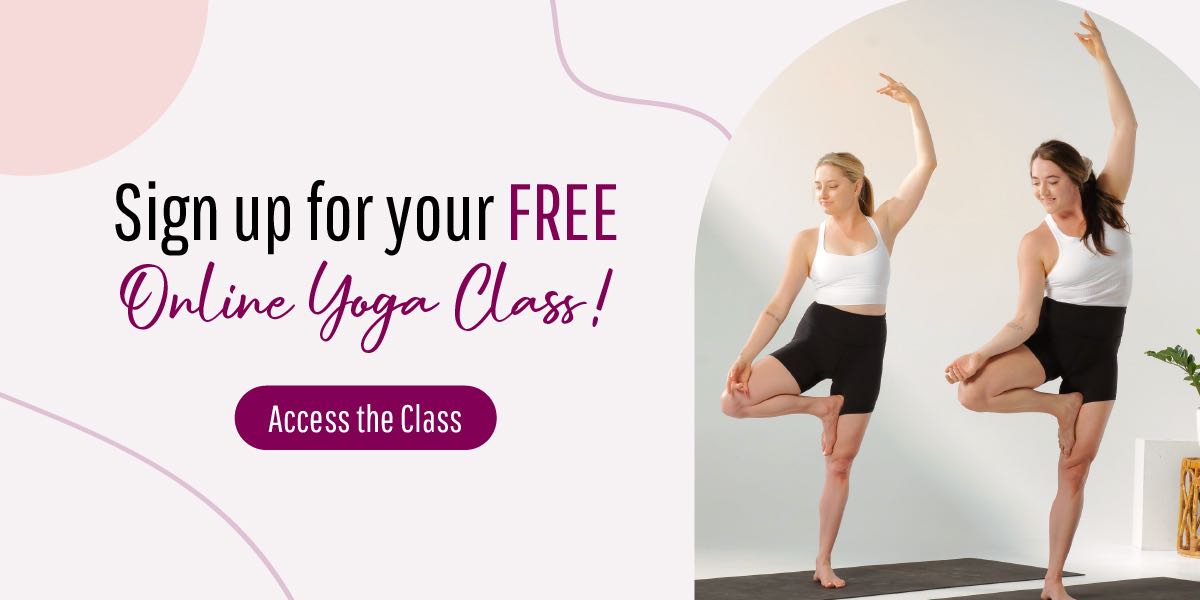If you’ve been wanting to try yoga or are sceptical about how easy or hard it is, then we suggest you start with flow yoga. It is a very fluid practice that is combined with sequences of poses that can be modified based on your experience.
What Is Flow Yoga?
Flow yoga is one of the yoga practices that can be done by anyone. It is a type of yoga that focuses on the connection between breath, movement, and the mind. It is based on the principles of hatha yoga, vinyasa yoga and ashtanga vinyasa.
This style of yoga is often referred to as ‘flow’ because it moves from one pose to another in a continuous, smooth way.
The term ‘flow’ is often used to describe the experience of being in the zone or ‘in the groove’, which is what happens when you are so focused on what you’re doing that you tend to lose track of time.
Flow yoga helps you achieve this state of mind by combining movement with deep breathing.
Yoga is a practice that encourages physical, mental, and spiritual development.
Yoga flow focuses on synchronising movement and breath. Meaning, as you move, you breathe. It could be as simple as inhale to lift the arms up and exhale to forward fold. Each part of the movement has either an inhale or an exhale.

Yoga is an ancient practice that originated in India more than 5000 years ago and really the objective of yoga asana (that is the physical practice) was to bend, stretch and twist the body so you could sit in a meditation seat for longer and with more ease.
In flow yoga, poses are linked together with movements to create flowing sequences or combinations. It can be done with or without music, with the help of experienced yoga teachers, or on your own (mind you, having guidance makes this much easier!).
Flow yoga emphasises (usually) slow and deliberate movements. This allows your muscles to relax, while simultaneously releasing built up energy.
Yoga flow includes poses like downward facing dog, plank, upward dog, warriors, lunges, and many groundwork poses as well. The sequences are designed to help you move from one pose to the next with ease and grace. Your teacher will plan classes specifically in this way, so nothing feels jarring or out of place.
In vinyasa yoga, for example, poses are linked together in a more flowing way than in hatha or yin styles of yoga.
As a result, you may find that you’re able to breathe more deeply and move more easily without holding your breath or stopping to take a break.
This isn’t just a one-off effect. The more often you do it, the more your body becomes familiar with the feeling of air filling your lungs and chest. Over time, this will increase your lung capacity and breathing will start to feel effortless.
Yin Yoga classes, on the other hand, focus on teaching specific yoga poses that are held for an extended period of time (5-30 minutes). This style is quite mentally demanding however it holds an entire different range of benefits (we talk more about Yin Yoga here).
What is flow yoga good for?
Flow yoga typically includes sun salutations, standing poses, seated poses and inversions. If you’d like to learn how to do a sun salutation, check out this tutorial here.
The main goal of this style of yoga is to create a state of calmness and balance. You can also perform it as a form of moving meditation. It helps bring the body into a state of deep relaxation and mindfulness by working with the breath and practising mindful movements in a slow and gentle manner.
In our MerryBody classes you’ll find (in most cases) you will inhale to lift in a movement, then exhale to reach, twist or lower into a movement.
Another benefit to flow yoga is that it has been shown to aid in pain relief, reduce stress, relieve depression, and improve sleep quality.
What is Vinyasa Flow Yoga?
The word vinyasa means ‘to place in a special way’. It means that the movement and breath are both intentional.
Vinyasa classes are dynamic and faster-paced, with sequences that build up in intensity over time, there may even be a peak pose.
We like to describe the initial part of a flow class as ‘going to the sun’ or ‘climbing the mountain’ and the second half is about ‘going to the moon’ or ‘heading down the mountain.’
It is often used as an alternative to power yoga, which can be too intense for beginners and people with injuries. Vinyasa flow yoga has the same benefits as power yoga, but it’s more gentle and slower paced.
Your vinyasa flow classes may vary depending on what yoga system or class you’re taking: Hatha, Iyengar or Ashtanga. Hatha yoga will focus on breathing exercises and slower paced poses, Iyengar will focus on alignment and Ashtanga yoga will focus on the precise vinyasa flow sequence with around 75 poses in the sequence but they all contain some form of flow within them.
Inside MerryBody it really is a combination of Hatha, Vinyasa and Yin Yoga. We have hundreds of classes to stream and download right now. If you’re a beginner, we’d recommend signing up to THIS FREE CLASS!
If you have more questions, be sure to reach out.
Always merrymaking,
Emma + Carla

